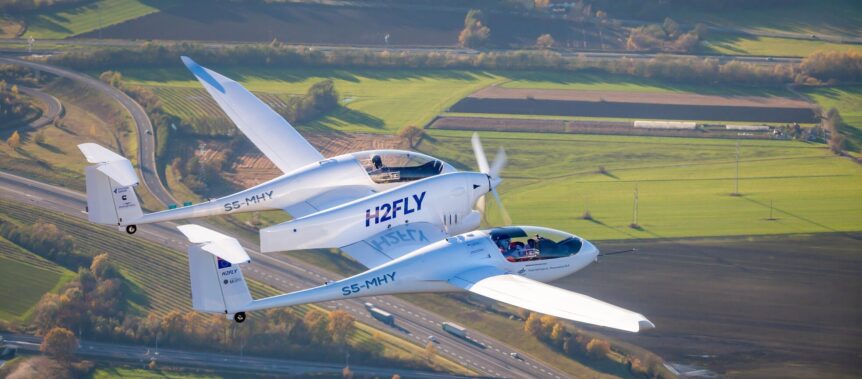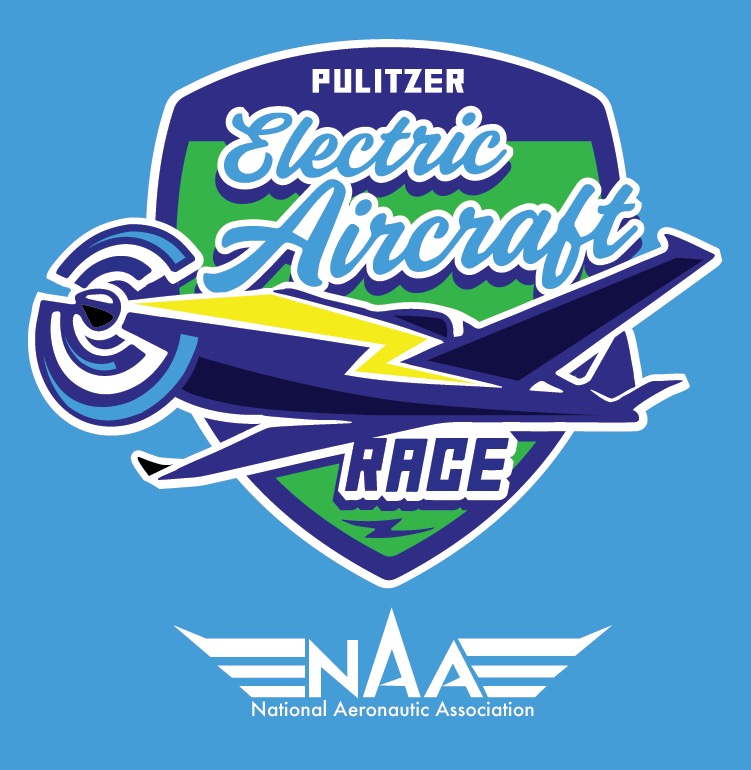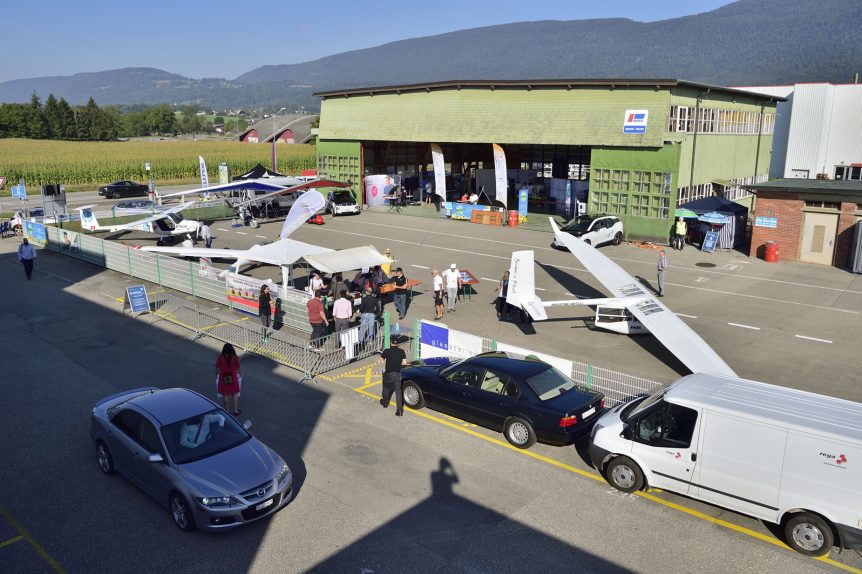H2Fly has an historic aircraft in its fleet, the HY4, as part of the HEAVEN program to, “Demonstrate the use of liquid, cryogenic hydrogen in aircraft.” Originally the G4, the craft won the NASA Green Flight Challenge in 2011, posting a passenger mile per gallon efficiency of 403.5 – equivalent to driving your loaded Prius from San Francisco to Los Angeles on under four gallons of fuel. Resurrected as the HY4 and flown on gaseous hydrogen, the craft has been reconfigured to fly on liquid hydrogen, expanding its range significantly. According to the HEAVEN program, “The hydrogen-electric ‘HY4’ demonstrator aircraft took off from Maribor, Slovenia, and saw safe and efficient operation throughout multiple flight tests.” Announced September 7, these were the first piloted flights of a liquid hydrogen fueled aircraft. Four flights, including one that lasted over three hours, “Lay the foundation for long-range, emissions-free flight, with liquid hydrogen doubling the range of the HY4 aircraft to 1,500[kilometers], compared to …
A Pulitzer Written in the Sky
Itching to test your electric airplane’s cross-country capabilities? A new Pulitzer Electric Air Race of over 1,000 nautical miles (1,150.78 statute miles to be exact) between Nebraska and North Carolina will show who has the fastest electric flying machine. Jim Moore, reporting for the Aircraft Owners and Pilots Association (AOPA), shows the connection between the original Pulitzer Trophy and today’s electric competition. “Five of the first six pilots to have their names engraved on the Pulitzer Trophy were military airmen clocked around a closed course at speeds starting at 157 mph in 1920, up to a blistering 248 mph by 1925. The trophy was created to inspire innovation, and particularly faster airplanes. That vintage trophy housed at the Smithsonian National Air and Space Museum will be engraved with its first new name in 97 years in 2022, following completion of a 1,000-nautical-mile cross-country race by up to 25 electric aircraft.” Ralph Pulitzer was son of Joseph Pulitzer, whose prizes for …
Electrifly-in: Grenchen 2021
Electrifly-in, formerly the Smartflyer Challenge, is on for September 11 and 12, 2021, in Grenchen, Switzerland. The event, even held in 2020 despite the pandemic, is a compact showing of the latest in electrical aircraft and technology. Watch as this 2019 video as a Φnix (the Greek letter phi + nix –a clever bilingual pun) takes off, circuits the area and makes a landing – all the time flying with other electric aircraft. In this flight, you can see the compact airport (including a grass landing strip) and a lovely setting for a great event. Started as the Smartflyer Challenge* in 2016, the gathering has changed its name to be more inclusive. Last year, even with travel limitations imposed worldwide, saw a healthy turnout of all-electric flyers, ranging from ultralight electric “trikes” to cross-country tourers. From 12 to 50 Kilowatts and Beyond Powering a large number of machines on last year’s flight line, Eck-Geiger Engineering makes a range of motors …
Two Hydrogen-Powered Aerial Vehicles
Two very different hydrogen-powered aerial vehicles have come to our attention, each with a different mission, but both with endurance and range as primary functions. Both use a fairly straightforward fuel cell/motor arrangement to power their flights. Vicor/DMI Fuel Cell Drones Doosan Mobility Innovation (DMI) is a major drone manufacturer, and their largest products push against the FAA’s 55-pound (24.97-kilogram) weight limit. Their DM30, powered with a DS30 fuel cell and a 10.8 liter H2 tank weighs 21 kilograms and can carry a five kilogram (11 pound) payload. Carrying a full payload may require using the smaller seven-liter tank. Alessandro Mascellino, writing in EE Power, describes recent combination of resources that makes long-range drone deliveries possible. “The first machines built as part of the collaboration can fly two hours on a single charge and have already transported masks and emergency supplies between US Virgin Islands. The drones feature a number of power components by Vicor.” Partnering with Vicor, Doosan provides …




